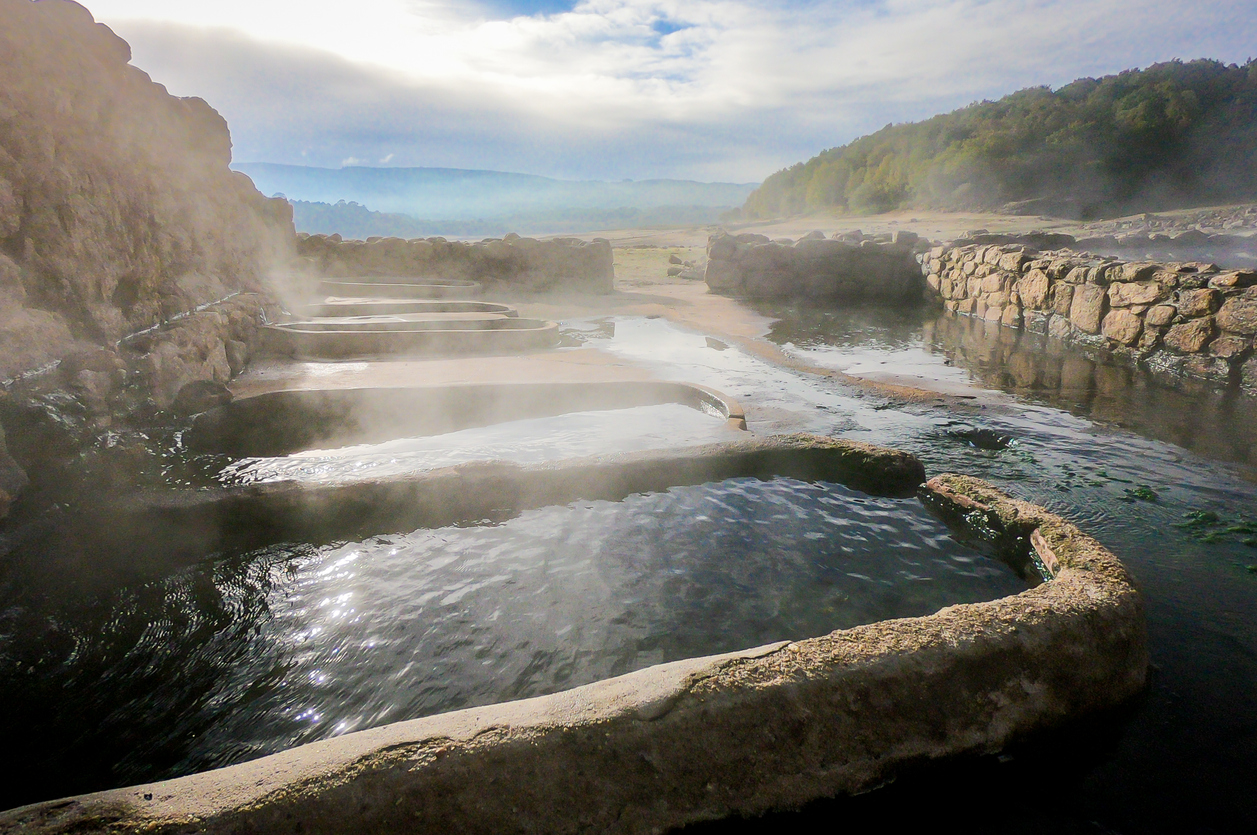Thermal water pollution refers to the waste discharge of chemicals, oils and hot liquid wastes into water bodies and streams. The major contributors towards thermal water pollution are steel mills, paper mills, chemical plants, smelters, petroleum refineries, and sewage effluents. Thermal water pollution has been increasing at a fast pace in recent times, owing to the increased commercial and industrial activities. Thermal pollution is the rise or fall in the temperature of a natural aquatic environment caused by human influence. Like any other form of water pollution, thermal pollution is widespread affecting many lakes and the vast numbers of streams and rivers in various parts of the world.
It is caused by either dumping hot water from the factories and power plants or removing trees and vegetation that provide shade to streams, permitting sunlight to raise the temperature of these waters and release cold water which lowers the temperature.
Major sources of thermal pollution
– Power plants create electricity for fossil fuels.
– Water as a cooling agent in industrial facilities
– Deforestation of shoreline
– Soil erosion
Ecological effects – warm water
The change in temperature of water impacts the microorganisms present in it by decreasing oxygen supply, as warm water contains lesser oxygen. It also increases the metabolic rate of aquatic animals resulting consumption of more food in a shorter time. An increased metabolic rate may result in food source shortage, causing a sharp decrease in population.
Changes in the environment may also result in the migration of organisms to another more suitable environment. This leads to competition for fewer resources, the more adapted organisms moving in may have an advantage over organisms that are not used to the warmer temperature.
Temperature changes of even 1-2° celsius can cause significant changes in organism metabolism and other adverse cellular biology effects. It can adversely affect mortality and reproduction of the organisms.
Control measures
– Instead of discharging heated water into lakes and streams, power plants and factories can pass the heated water through cooling towers or cooling ponds where evaporation cools the water before it is discharged.
– Alternatively, power plants can be designed or re-fitted to be more efficient and to produce lesser heat in the first place.
– Another prescription is to plant trees.
– All efforts to control erosion also have the effect of keeping water clearer and thus cooler.
Advertisement
